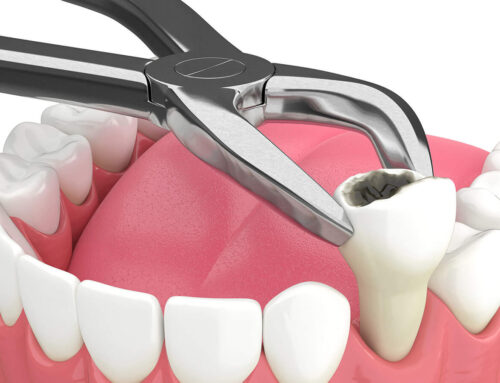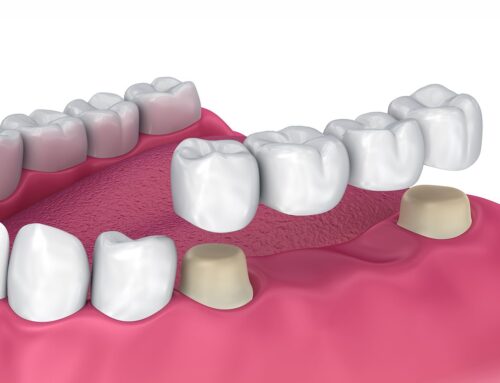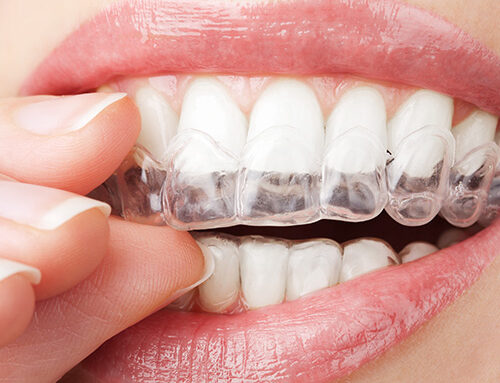Regular dental visits are essential for maintaining a healthy smile, but how often should you actually go? The general recommendation is to visit your dentist every six months for a check-up and cleaning. However, this can vary depending on your oral health needs, lifestyle, and risk factors.
In this blog, we’ll explore how frequently you should see your dentist, why these visits are important, and how certain factors might influence your dental care schedule.
How Often Should You See the Dentist?
For most people, the answer is simple: twice a year. Visiting the dentist every six months allows for thorough cleaning and early detection of potential issues, such as cavities or gum disease.
However, your dentist may recommend more frequent visits if you have specific dental concerns or are at higher risk for certain conditions.
Why Twice a Year? The Benefits of Regular Dental Check-Ups
Routine dental visits offer numerous benefits, helping you maintain good oral health and prevent future issues. Here’s why twice-yearly check-ups are so valuable:
– Early Detection of Problems: Regular visits allow your dentist to catch issues like cavities, gum disease, or even oral cancer early, when they’re easier (and less costly) to treat.
– Professional Cleaning: Even with good brushing and flossing habits, plaque and tartar can build up in hard-to-reach areas. Professional cleanings help remove these deposits, keeping your teeth and gums healthy.
– Preventative Care: Dentists can provide treatments like fluoride applications and sealants, which protect your teeth and reduce the risk of decay.
Who Might Need to Visit More Frequently?
While twice-yearly visits are a good rule of thumb, some individuals may need to see their dentist more often. This includes:
1. Patients with Gum Disease: If you have gum disease (periodontitis), your dentist may recommend quarterly cleanings to keep the condition under control.
2. Smokers: Smoking can increase the risk of gum disease and oral cancer, making more frequent dental visits beneficial for monitoring and preventive care.
3. Diabetics: Diabetes can affect oral health, leading to an increased risk of gum disease and infection. Diabetic patients may benefit from more frequent check-ups.
4. Pregnant Women: Hormonal changes during pregnancy can impact oral health, causing gum sensitivity and inflammation. Extra check-ups during pregnancy can help manage these changes.
5. Those with a History of Frequent Cavities: If you’re prone to cavities or have a history of dental decay, regular visits ensure early treatment and prevention of further issues.
Signs You Should Schedule an Extra Visit
Even if you’re sticking to a twice-yearly schedule, there are times when an extra visit to the dentist may be necessary. Schedule an appointment if you experience:
– Persistent Tooth Pain: Toothaches can be a sign of decay, infection, or other issues that need immediate attention.
– Swollen or Bleeding Gums: Gums that bleed easily or appear swollen could indicate gingivitis or gum disease.
– Sensitivity to Hot and Cold: Increased sensitivity could be a sign of enamel erosion, decay, or other dental problems.
– Loose or Shifting Teeth: Teeth that feel loose could indicate bone loss due to gum disease and should be checked right away.
Making the Most of Your Dental Visits
To get the most out of each dental visit, here are a few tips to consider:
– Bring a List of Questions: Write down any dental or oral health questions you may have, so you don’t forget to ask during the visit.
– Update Your Medical History: Let your dentist know about any recent changes in your health, medications, or lifestyle, as these can impact your dental care.
– Follow Your Dentist’s Advice: If your dentist recommends additional treatments or changes to your routine, following this advice can help maintain your oral health.
What to Expect During a Routine Dental Check-Up
At a typical dental check-up, you can expect:
1. Professional Cleaning: A dental hygienist will remove plaque and tartar buildup and polish your teeth.
2. Oral Exam: Your dentist will examine your teeth, gums, and mouth for signs of decay, gum disease, or other issues.
3. X-Rays (If Needed): X-rays are sometimes taken to get a clear picture of what’s happening below the surface of your gums and teeth.
The Bottom Line: Routine Dental Visits for a Healthy Smile
While twice-yearly visits work for most people, your unique needs might require a different schedule. Staying proactive with regular check-ups, following good oral hygiene habits, and addressing issues early can make a huge difference in your long-term dental health.
Ready to schedule your next visit? Contact Toland Dental today to keep your smile healthy and bright!






